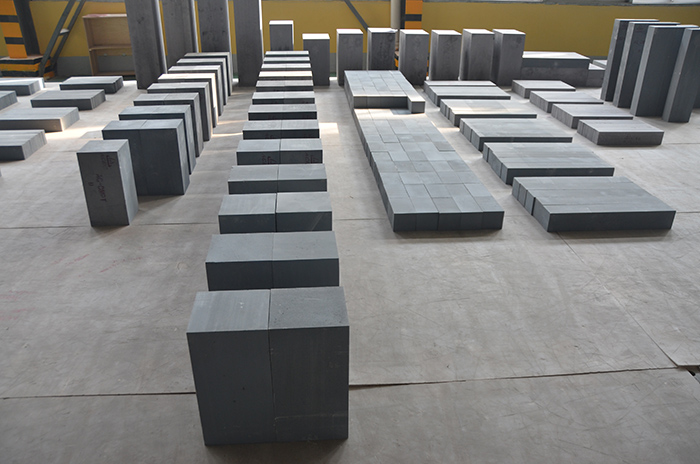Product Search
Quickly find the product you need
Products List
Refractory Knowledge
- Thermal Shock Resistant Fireproof Heat In
- Manufacturing process of fire clay insula
- the development of the refractory brick i
- The Use of Mullite Insulation Bricks
- Classification of mullite insulation bric
- Pros and cons of lightweight mullite bric
- Refractory material production process
- Aggregates Used For the Production of Ins
- Production Process Methods of Refractory
- Pollution and treatment in the production
Products List
- Phone:0086-370-63838939
- Email:sales@sunriserefr.com
- Office Address: No.36 Fengchan Road Of Zhengzhou, Henan, China (Mainland)
How many do you know about the physical and chemical requirements of mullite insulation bricks?
Date:2020-01-02 10:45 | From:Zhengzhou Sunrise Refractory | Author:admin
Because mullite has good high-temperature mechanics and high-temperature thermal properties, synthetic mullite and its products have high density and purity, high-temperature structural strength, low-temperature creep rate, low thermal expansion rate, and strong chemical resistance , Thermal shock resistance and other advantages. The key indicators for evaluating the quality of mullite are the mullite's facies and denseness.
Another feature of mullite is that its high temperature strength and broken love will increase with increasing temperature, and will not decrease. For example, its strength at 1300 degrees Celsius is 1.7 times the strength at room temperature. When the temperature rises above 1800 degrees Celsius, a small amount of liquid phase begins to form inside the mullite. When the temperature reaches 1850 degrees Celsius, the mullite is completely melted. Therefore, mullite is widely used in industries such as cement, glass, ceramics, metallurgy, chemistry, electric power, national defense, and gas, and has become an advanced refractory material that meets the conditions of use.

In alumino-silicon carbide refractory materials, columnar and needle-like mullite crystals intersect each other to form a staggered network structure. This network structure can form a tight combination with surrounding particles, thereby making the refractory material stronger. The existence of mullite can improve the thermal shock stability and load softening temperature of the material, so that the aluminum silicon silicon carbide refractory material can be used in high temperature and frequent changes.

